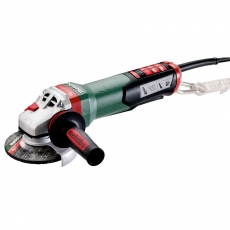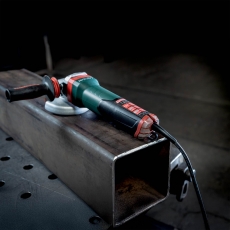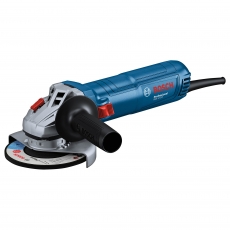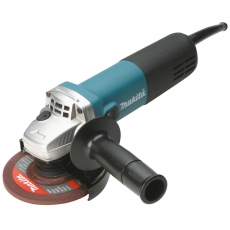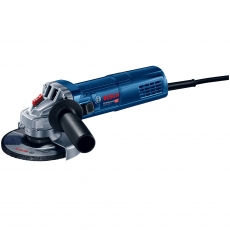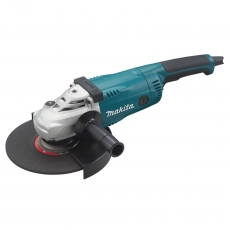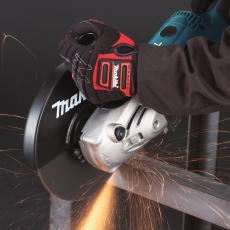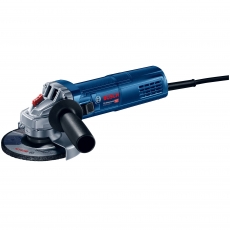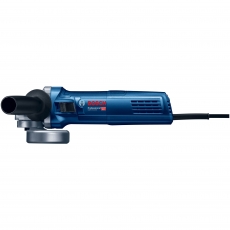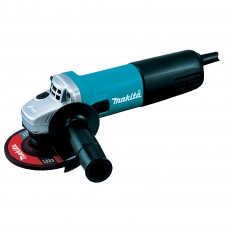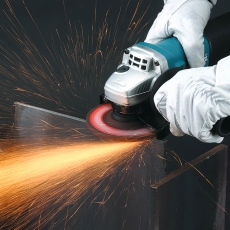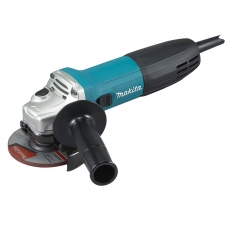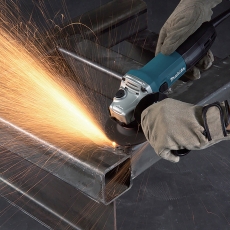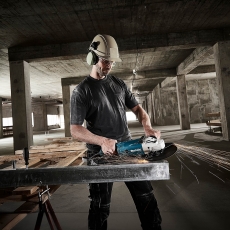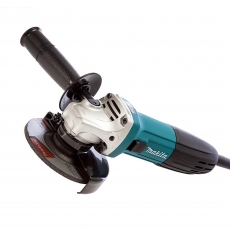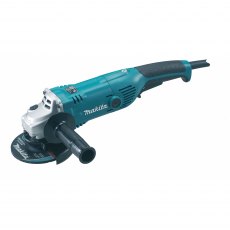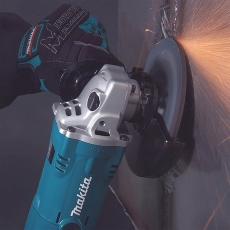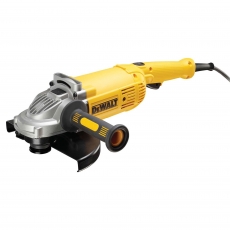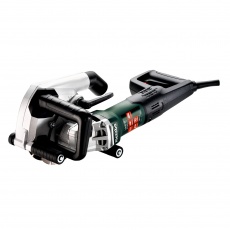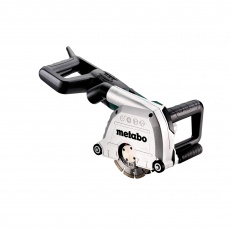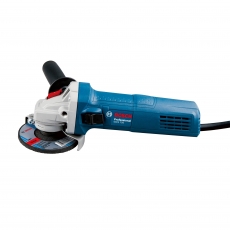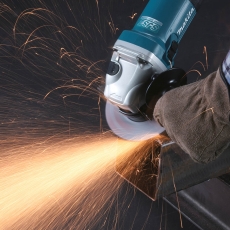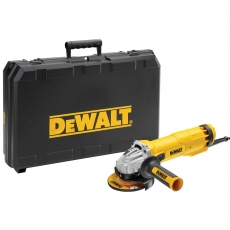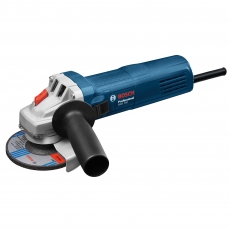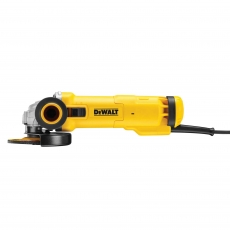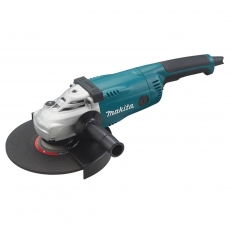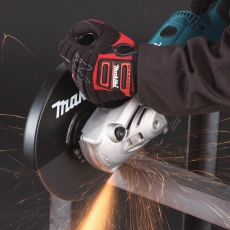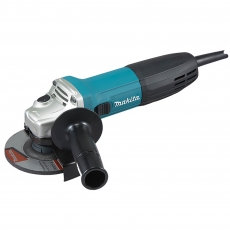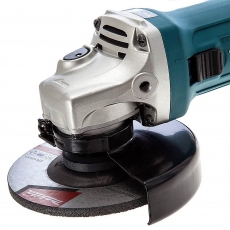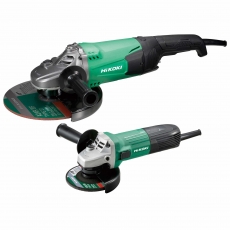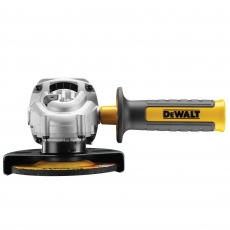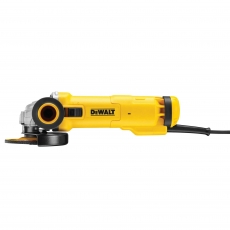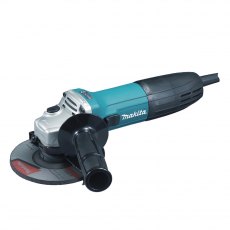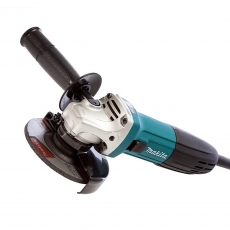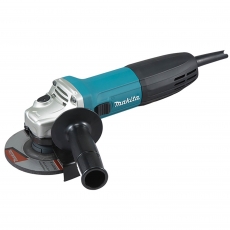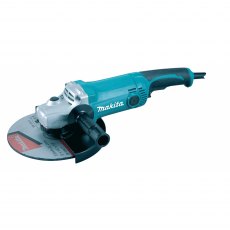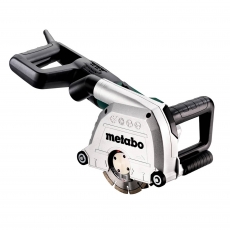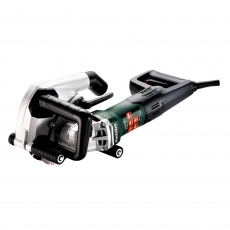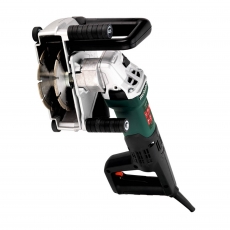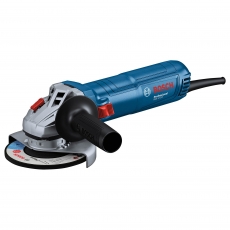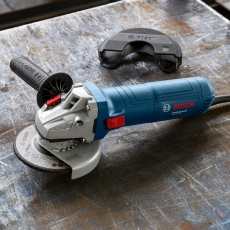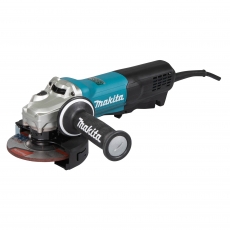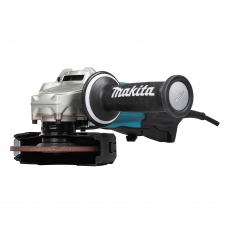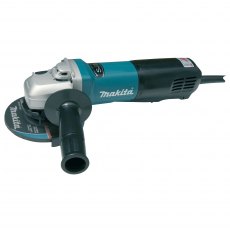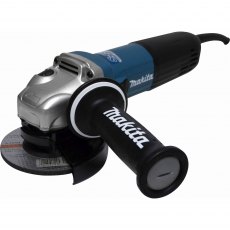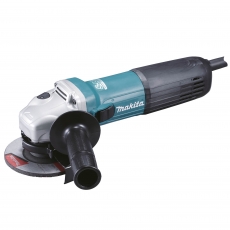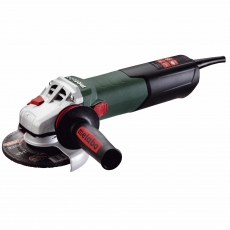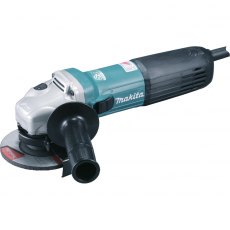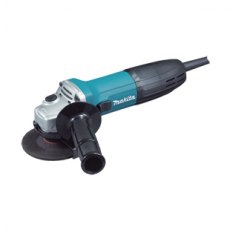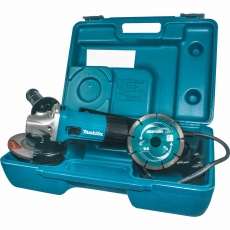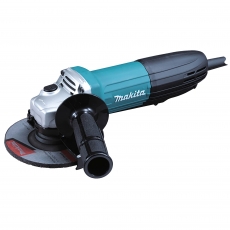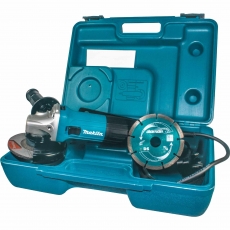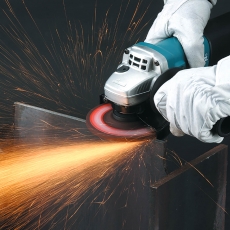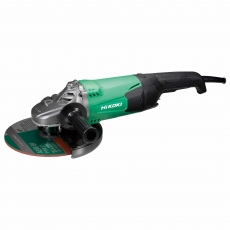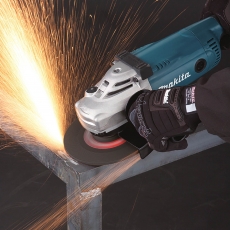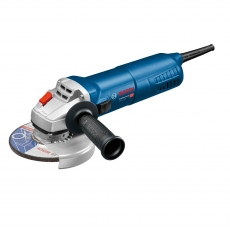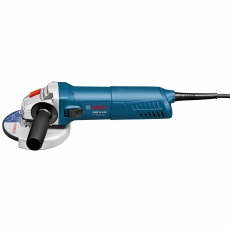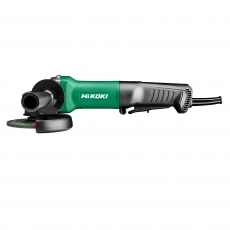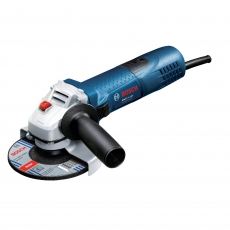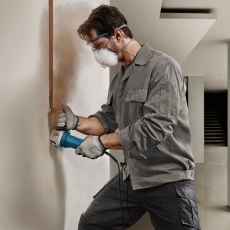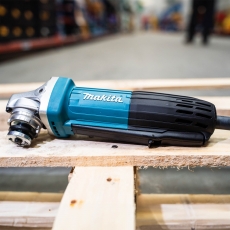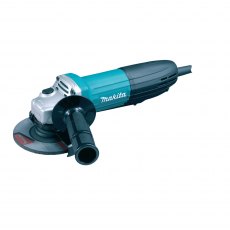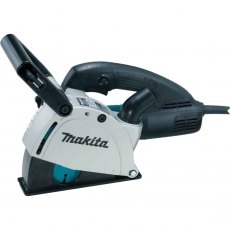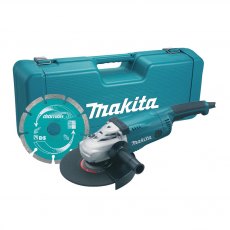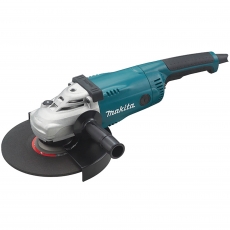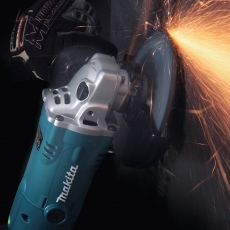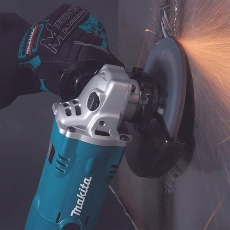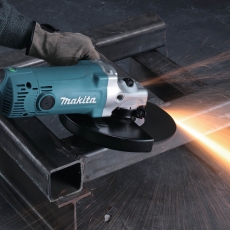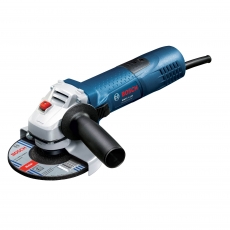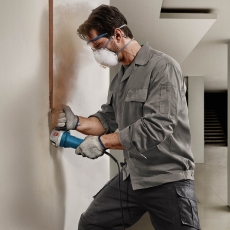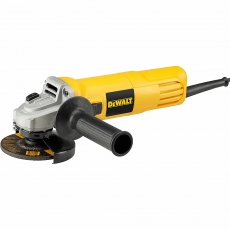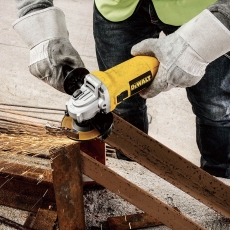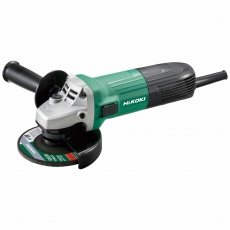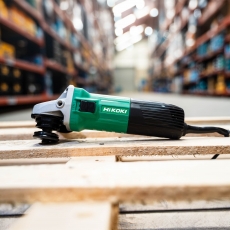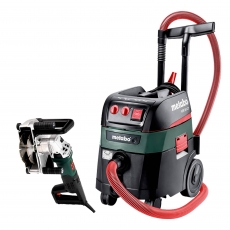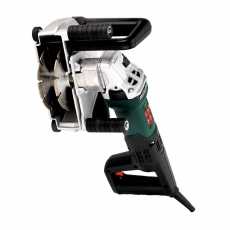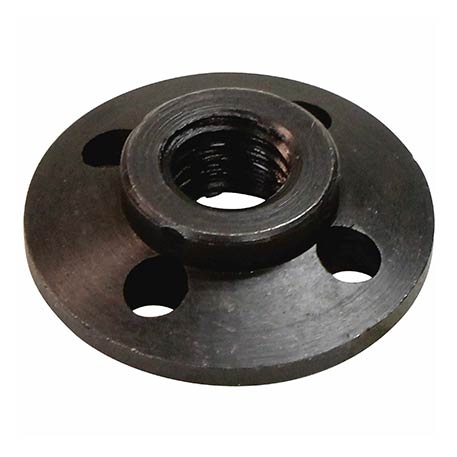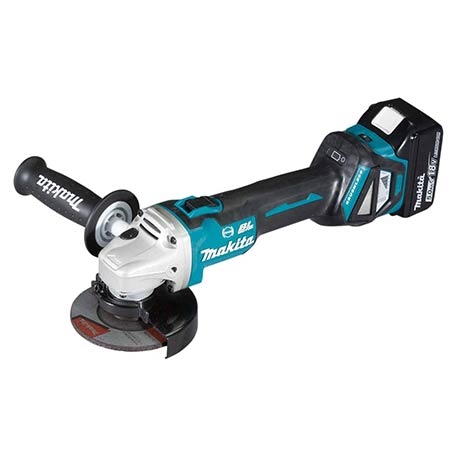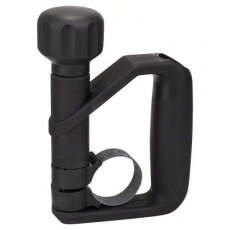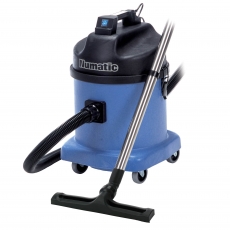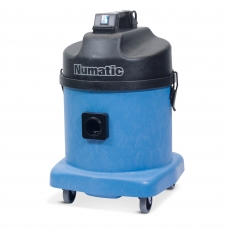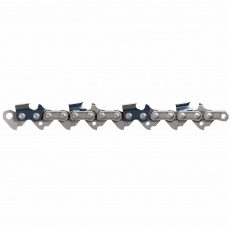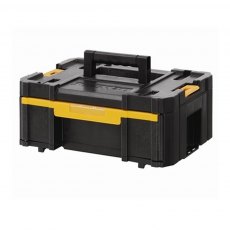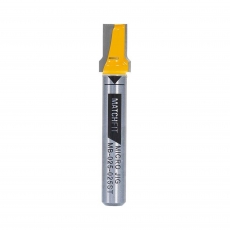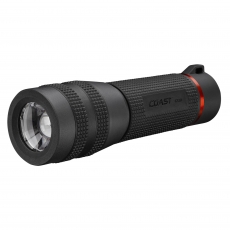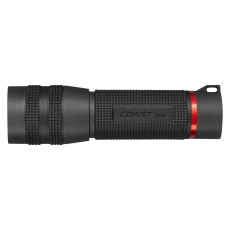Currently Out Of Stock
View Related Categories
Angle Grinders and Wall Chasers
Angle grinders are a versatile tool that can be used to cut, grind, polish, and sand. They can cut effortlessly into metal, ceramic, and masonry, and are often used as an alternative to saws thanks to their manoeuvrability. Another key function of an angle grinder, as the name suggests, is to ‘grind’ materials, smoothing and removing excess materials quickly and easily. Angle grinders can use special polishing discs or attachments to polish surfaces. Their high RPM make them ideal for creating a polished finish. On top of that, an angle grinder can be used for sanding metal with the appropriate sanding disc attachment.
Smaller angle grinders tend to deliver higher RPMs, which is great if accuracy is your priority, but be aware they may wear down more rapidly. For deeper cuts you’ll probably need a larger angle grinder with a large blade, which tend to be more suited to heavy-duty applications. Our corded angle grinders benefit from the assurance of a connection to a stable power while connected to a power supply. And, without the battery, they tend to be a lot lighter than cordless angle grinders and, as a result, are more manoeuvrable. You’ll find wide range of quality angle grinders here at ToolStoreUK from leading brands including DeWalt, Hikoki, Makita and Bosch.
Wall chasers are a twin bladed power tool, used for cutting channels into walls. This is perfect for electricians' when installing electric cables, and for plumbers' when installing pipework, and can be quicker than using an angle grinder. The clean-up time when attached to a dust extractor is much quicker, so is definately worth the investment if using on a regular basis.
Angle Grinder FAQs
What's the difference between a grinder and an angle grinder?
Like the name suggests, an angle grinder describes how the tool looks, with the head of the tool sitting at a 90-degree angle from the shaft. It is a handheld power tool with a rotating disc and is used for grinding and polishing. Angle grinders can be either corded or cordless and the design may vary from brand to brand. There are many different types of discs and diamond blades to choose from depending on the task at hand. With the appropriate diamond blade or disc, your angle grinder can cut, sand, grind, and polish. An angle grinder has a far more powerful drive motor than a die grinder, so is better suited for bigger projects. It could be used to cut and trim bricks when building a wall or polishing metals and grinding down metal joints.
Die grinders are a smaller, lightweight, handheld power tool with a rotating spindle at the end of a shaft. Sometimes referred to as a rotary tool, die grinders have a sleeve which is used to tighten a bit to the end. Just like an angle grinder, you can choose from several different bits depending on the task you’re taking on. You could use a die grinder to cut small metal or wood items and then switch your bit to a polishing or sanding one to smooth out your edges.
What should I look for when buying an angle grinder?
Disc diameter
Usually, angle grinders with bigger disc diameters are more powerful and the larger the disc the greater the cutting depth. Smaller grinders rotate at a higher speed and are more manoeuvrable, but they cannot cut as deep as larger angle grinders and the discs wear down more quickly. We stock angle grinders in a variety of sizes.
Wattage
Angle grinders with a higher wattage will deliver more power for cutting through tougher materials. If you plan to use your angle grinder for prolonged periods of time, such as when chasing out mortar, you may want to consider one with a higher wattage, or consider buying a wall chaser instead.
Speed
Look out for angle grinders with a variable speed setting. They will allow you to perform more delicate work at lower speeds.
Power
Angle grinders can be corded or cordless. Cordless angle grinders offer greater portability. Corded angle grinders are available in mains 240v and 110v and can be relied on for a constant power source.
Safety features
Many angle grinders come with built-in safety features. Look out for angle grinders that feature anti-kickback function, slow start, paddle switches and restart protection. While these features may add to the price, they will help keep you safe and may be mandatory on some jobsites.
What materials can an angle grinder cut through?
With the right kind of disc attachment, your angle grinder can cut through a wide range of different materials, including metal, masonry and wood.
Metal
Angle grinders can be used to cut through metal bolts, pipes and sheets of metal. It is a hard material so you will need an abrasive metal-cutting disc. Ensure the metal is secure and you have marked a line where you plan to cut. Make sure you are wearing protective gear and gloves. Start cutting with a light pressure, slowly moving through the metal.
Masonry
Concrete, bricks, and blocks are hard and thick, and produce a lot of dust when cut. It’s worth wetting the material before you start cutting to minimise the dust produced. Choose a disc specially designed for cutting masonry, like a segmented rim disc. Their toothed blades help reduce the dust and cool down the blade with airflow.
Wood
There are lots of angle grinder discs designed to work with wood. Whether you want to cut, carve, shape or sand wood, you’ll find a cutting disc for your needs. Abrasive carving blades have little sharp teeth positioned at the end of the disc and are used for shaping and carving wood.
What size angle grinder do I need?
The size of an angle grinder is usually based on the compatibility of its discs. There is a wide range of disc sizes available, but some of the most common sizes include 4 ½-inch and 9-inch. The disc size you choose will depend on the task you want to carry out, but you must ensure the disc is compatible with your grinder.
Small angle grinders can be used for a wide range of cutting and grinding applications and have a capacity for a disc of up to seven inches. They are a popular choice for DIYers thanks to their light weight and increased manoeuvrability, making them highly effective in tight or awkward spaces.
For heavier-duty applications, like cutting through slabs or concrete, you may be better with a large angle grinder. Angle grinders featuring seven- or nine-inch discs are categorised as large. Large angle grinders are designed to make substantial cuts and have high levels of horsepower. Larger angle grinders are more likely to be corded and often include safety features like overload protection (designed to prevent the grinder from breaking down under too much weight) and auto shut off (that protects the motor by alerting you to replace the brush). You may also want to consider a petrol disc cutter



